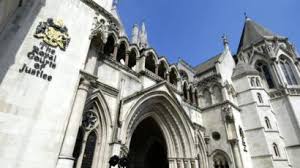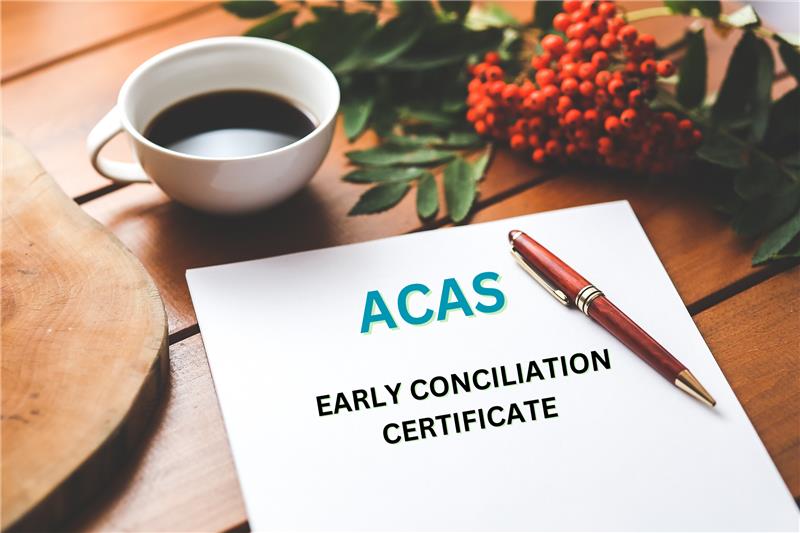Coronavirus Job Retention Scheme – FAQs for Furloughing Employees

The Government announced an extensive package of support for employers coping with the commercial difficulties arising from Coronavirus. On 26 March 2020, HMRC published two guidance documents (for employers and employees) which provides considerable further detail on the operational framework of the coronavirus (COVID-19) Job Retention Scheme.
HMRC guidance for employers on the coronavirus (COVID-19) Job Retention Scheme, 26 March 2020
HMRC guidance for employees on the coronavirus (COVID-19) Job Retention Scheme, 26 March 2020
We have set out below the answers to key questions that employers and employees have been grappling with over the last few days.
Who can claim?
Any organisation/entity making a claim must:
- have created and started a PAYE payroll scheme on or before 28 February 2020, and
- have a UK bank account
The scheme covers:
- businesses;
- charities;
- recruitment agencies that pay agency workers through PAYE;
- public authorities.
For which employees may claims be made?
Claims may be made in respect of furloughed employees who satisfy the following criteria:
- the employee was on the claiming employer’s PAYE payroll on 28 February 2020 (it follows that employees hired after 28 February 2020 cannot be furloughed and no claim may be made in respect of them under the scheme).
The employee may be:
- full time;
- part time;
- on an agency contract;
- on a flexible or zero-hours contract;
- if the employee was made redundant by the employer since 28 February 2020, but are rehired by the employer, claims may be made in respect of them (i.e. where an employer had already reacted to the business circumstances brought about by the pandemic by making one or more employees redundant since 28 February, they may rehire such employees and furlough them at no cost to the employer, so as to provide them with an income from the scheme)
- employees on unpaid leave as at 28 February 2020 cannot be furloughed. Employees placed on unpaid leave after 28 February can be furloughed.
Meaning of ‘furloughed’
‘Furlough’ is a term that refers to a temporary suspension of employment for a specified period of time, during which an employee does not receive wages. Employers can furlough employees whose roles are not entirely redundant but who have no work, or less work to do.
In order to receive a grant under the scheme, employers will need to make a claim for wage costs through the scheme with effect from 1 March 2020 (see below). The scheme is likely to be in operation by late April so that wages due for March and April can be reimbursed.
The guidance makes it clear that, to be eligible, when on furlough, an employee cannot undertake work for or on behalf of the organisation, including providing services or generating revenue.
If an employee is working, but on reduced hours, or for reduced pay, they will not be eligible for the scheme and the employer will have to continue paying them through its payroll subject to the terms of the employment contract.
Written communication to furloughed employee is a requirement
A claim may only be made in respect of a given employee if the employer has written to that employee confirming that they have been furloughed. It is important to keep a record of that communication to prove that this condition has been satisfied. If you would like assistance with preparing letters to the workforce, please get in touch.
Requirement not to work during furloughing
It is a requirement that an employee is not working during the period in respect of which the claim is made:
- when on furlough, an employee can not undertake work for or on behalf of the organisation;
- if a given employee is working, but on reduced hours, or for reduced pay, they will not be eligible for money under the scheme, and the employer will have to continue paying them through their payroll according to the terms of the employment contract that has been agreed.
Need for employers carefully to consider who to furlough and other changes
An employer needs to consider how many and which employees should be furloughed. The guidance states that employers should discuss this with their staff:
- a decision must be made as to whom furlough will be offered;
- in respect of some employees, it may be more appropriate to offer them changed contractual terms instead of furloughing them, e.g. work on reduced hours and/or reduced pay. The important point is that no claim under the scheme may be made in respect of any employee that continues to work at all. Where contractual changes are contemplated, employers should discuss these with the potentially affected employees and any changes made should be by agreement (and confirmed in writing);
- if, in relation to contemplated contractual changes, sufficient numbers of staff are involved, it may be necessary to engage collective consultation processes to procure agreement to those changes;
- in making such decisions, equality and discrimination laws will apply in the usual way, so the employer must be scrupulous in ensuring that it acts lawfully in this respect. It is therefore highly recommended that the employer should fully and carefully document the reasons why certain employees were furloughed and others were not, as well as the reasons for any contractual changes that are agreed in this context;
- given the potential discrimination and consultation issues that may arise, employers should seek legal advice on the process, including the preparation of a selection matrix/criteria for furloughed employees in order to ensure that the selection is fair and objective.
Employees receiving statutory sick pay (SSP) or shielding in line with public health guidance
Employees who are receiving SSP because on sick leave or self-isolating should continue to receive SSP for that period. However, once the SSP period ends, such an employee (who satisfies the other criteria set out above) may be furloughed and receive money under the scheme.
Tax and NI during furlough
While a given employee is on furlough, the employee’s wage will be subject to usual income tax and other deductions.
Employers will be liable to pay:
- employer NICs, and
- minimum automatic enrolment employer pension contributions, unless an employee has opted out or has ceased saving into a workplace pension scheme
Calculating what employers can claim under the scheme
The scheme will provide a grant from HMRC to cover whichever is the lower of:
- 80% of an eligible employee’s regular wage before tax, as of 28 February 2020, or
- £2,500 per month
The amount received from HMRC will also include, in relation to that subsidised wage:
- the associated employer National Insurance Contributions (NICs), and
- the minimum automatic enrolment employer pension contributions (see below for further information on NICs and pension).
The guidance, in the section dealing with “what you can claim” states: “You will receive a grant from HMRC to cover the lower of 80% of an employee’s regular wage or £2,500 per month, plus the associated Employer National Insurance contributions and minimum automatic enrolment employer pension contributions on that subsidised wage”.
At a minimum, employers must pay their employee the lower of 80% of their regular wage or £2,500 per month. The employer may choose to top up an employee’s salary beyond the 80% up to their usual salary, but there is no obligation to do so under the scheme.
Fees, commission and bonuses
Fees, commission and bonuses should not be included in a claim under the scheme, whether the employee is full or part-time.
Employer National Insurance Contributions (NICs) and pension contributions
All employers remain liable for associated employer National Insurance Contributions (NICs) and minimum automatic enrolment employer pension contributions on behalf of their furloughed employees.
As mentioned above, when making a claim to HMRC under the scheme in respect of a furloughed employee’s wages, the amount claimed can also include the associated employer NICs and minimum automatic enrolment employer pension contributions on paying out the amount received from HMRC in respect of a given furloughed employee.
The guidance suggests that employers can reclaim “associated NIC” and the minimum automatic enrolment employer pension contributions on the subsidy. We understand this can be claimed in addition to the £2500 cap on the payment for wages.
Period of furlough
The minimum period of furloughing is three weeks. At present, the government has announced that the scheme will be open for a period of three months (1 March to 31 May 2020) but it may be extended.
Process for making a claim under the scheme
Employers will need to submit information to HMRC online about furloughed employees and their earnings. The online system should hopefully be up and running from April 2020.
To make a claim, employers will need to provide (among other matters):
- ePAYE reference number;
- number of employees being furloughed
- claim period (start and end date)
- amount claimed (the minimum length of furloughing is three weeks)
Employers may also apply for a business interruption loan if they need support with their cashflow.
It falls to the employer to calculate the amount being claimed. HMRC states that it retains the right retrospectively to audit all aspects of any claim.
We are currently assisting many businesses through this unprecedented time and have helped prepare relevant letters for ‘furloughing’ employees, advised on the process to follow and drafted homeworking policies. For further advice on how to manage the situation and reduce costs, please contact our specialist employment solicitors on 020 3950 5234 or email info@rllaw.co.uk.
This article confirms the position as at 27 March 2020. The information is provided for your assistance and should not be relied on as legal advice or as a substitute for legal advice.



